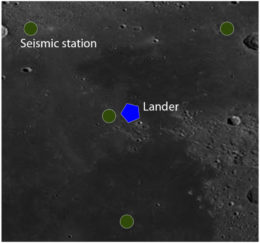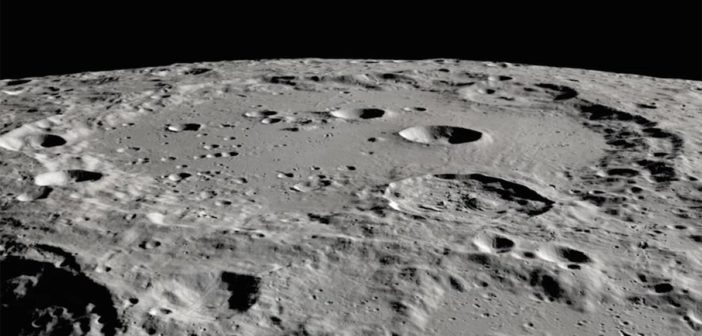Editor’s note: In these last two weeks of 2021, we’ll be looking at a few selections that we haven’t yet discussed on AAS Nova from among the most-downloaded papers published in AAS journals this year. The usual posting schedule will resume in January.
Lunar Gravitational-wave Antenna
Published March 2021
Main takeaway:
A team led by Jan Harms (Gran Sasso Science Institute, Italy) revisited the idea of using the Moon to detect gravitational waves. The proposed detector would use an array of highly sensitive seismometers to measure the subtle vibrations of the Moon caused by gravitational waves passing through it.
Why it’s interesting:
The observatory proposed by Harms and collaborators hearkens back to theories from the 1960s, which introduced the idea that a gravitational wave passing through an elastic body would cause it to vibrate, and that we could use these minuscule oscillations to study gravitational waves. Though scientists have considered measuring the vibrations that pass through Earth to detect gravitational waves, the Moon is likely a better option; the Moon has moonquakes and meteorite impacts (which would have to be accounted for in the data analysis), but it’s seismically quieter than Earth. Notably, there was an attempt to deploy a gravitational-wave detector on the Moon in 1972, but a failure of a temperature regulator made the data unusable.
Why the team is over the Moon for this concept:

A potential layout of lunar seismometers for the first phase of the Lunar Gravitational-wave Antenna. [Harms et al. 2021]
Citation
Jan Harms et al 2021 ApJ 910 1. doi:10.3847/1538-4357/abe5a7
